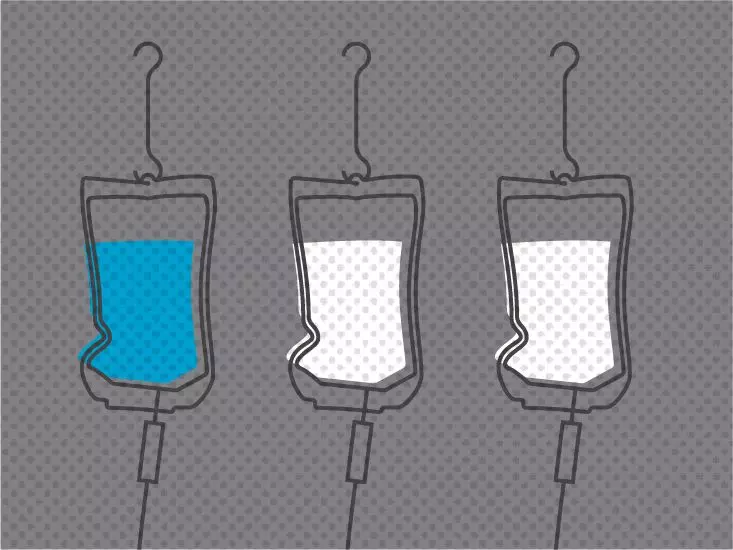Gazyva, known generically as obinutuzumab, is a targeted therapy primarily prescribed for certain types of lymphoma and leukemia. As an intravenous infusion, it represents a vital part of treatment regimens for individuals facing these serious conditions. However, the financial implications of Gazyva can often be confusing and burdensome for patients. Understanding the multifaceted cost structure associated with this drug is essential for anyone considering its use.
Cost Variability: Factors at Play
The price of Gazyva is not static; rather, it fluctuates based on multiple factors. One key consideration is an individual’s treatment plan, which is unique to each patient. Additionally, the level of insurance coverage a patient possesses plays a significant role in determining how much they will ultimately pay. Administrative costs, such as the fees incurred during medical consultations for Gazyva administration, are also important variables. Furthermore, Gazyva’s availability of financial assistance programs has the potential to alleviate some cost burdens.
Patients must engage in open discussions with healthcare providers, pharmacists, and insurance representatives to accurately assess their potential out-of-pocket expenses for Gazyva. These conversations help to clarify the patient’s specific circumstances and the availability of any relevant financial support programs.
Unlike many prescription medications, Gazyva is exclusively available as a brand-name biologic drug; there are no biosimilar versions currently on the market. This holds significant implications for pricing. Biosimilars typically offer a more affordable option when compared to their brand-name counterparts, allowing for reduced costs for patients. The absence of biosimilars for Gazyva means that patients cannot access a less expensive alternative, which may significantly impact those without sufficient insurance coverage.
The high prices of biologic drugs can be attributed to the extensive and costly research and development processes necessary to establish their safety and efficacy. Patents protect these properties for up to 12 years, during which time the manufacturer has a monopoly on the market. After this period, biosimilars can enter the market, often leading to price competition, which ultimately benefits consumers.
For patients struggling to afford Gazyva, various financial assistance options are available. Programs like the Genentech Oncology Co-pay Assistance Program provide support for those eligible to offset costs associated with the drug. Patients can reach out by phone or visit their website for detailed information on the qualifying criteria and application process.
Moreover, the Genentech Patient Foundation plays a critical role in offering financial aid for patients who demonstrate need. Individuals are encouraged to investigate these programs thoroughly and take full advantage of the support provided.
In addition to specific programs, numerous online platforms provide valuable resources aimed at helping patients navigate their insurance options and locate drug assistance programs. These resources can be instrumental, helping patients maximize their benefits and minimize their expenses.
When comparing the cost of Gazyva to other medications used in similar treatment contexts, such as Rituxan (also an IV infusion) and Venclexta (an oral tablet), it’s crucial to recognize that different forms of medication can influence their costs. Generally, IV treatments tend to demand higher prices than oral tablets due to the nature of their administration.
Furthermore, Rituxan has the added advantage of being available in biosimilar forms, providing patients with more affordable treatment options—something that Gazyva currently lacks. As such, patients should explore all possible treatment avenues in consultation with their healthcare provider, weighing the potential benefits and costs involved.
Navigating insurance coverage for Gazyva treatment can also present challenges. Many insurance companies require prior authorization before covering Gazyva, meaning that healthcare professionals must justify the necessity of the medication to the insurance provider. Failing to obtain this authorization can result in patients being responsible for the full cost of the drug.
Moreover, the billing process for Gazyva can differ depending on the healthcare setting, as it may be covered under either medical or pharmacy benefits, depending on the specific insurance plan and where the medication is administered. Hence, clear communication with healthcare and insurance providers is key in determining the most efficient route for receiving Gazyva and how it will be billed.
The financial considerations surrounding Gazyva treatment can be complex, yet navigating them is crucial to accessing this important medication. By actively seeking information about costs, assistance programs, and insurance intricacies, patients can better position themselves to manage their financial responsibilities. Always consult healthcare professionals to gain the most up-to-date and thorough understanding of the options available to ensure that the pursuit of health doesn’t become an overwhelming financial burden.

